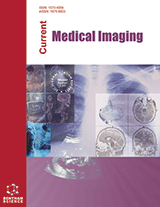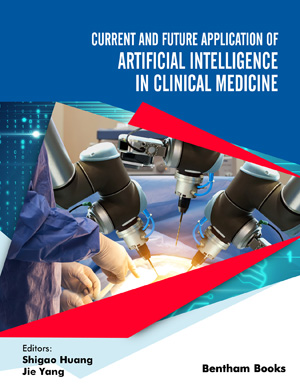
Abstract
The purpose of this study was to evaluate the clinical value of PET (Positron Emission Tomography) for early prediction of tumor response to platinum-based therapy in patients with nonsmall cell lung cancer (NSCLC). The evaluation was carried out comparing the standard treatment response using RECIST (Response Evaluation Criteria in Solid Tumors) with metabolic treatment response according to European Organization for Research and Treatment of Cancer (EORTC) recommendations, PET Response Criteria in Solid Tumors (PERCIST), Total Lesion Glycolysis (TLG) and Metabolic Tumor Volume (MTV). Seventeen inoperable patients with stage IV NSCLC were enrolled between October 2011 and June 2013: PET studies were carried out before the initiation of platinum-based therapy and after the first cycle of chemotherapy for an early therapy monitoring. The lesions with the highest uptake in each patient were evaluated according to EORTC recommendations considering a cut-off of 15% (EORTC15%) and 25% (EORTC25%) to discriminate between patients who respond from those who do not respond to treatment. Moreover, PERCIST and RECIST classifications were evaluated too. Receiver operating characteristic curves were used to obtain cut-off points for therapy evaluation based on variations of TLG and MTV in sequential scans. Overall Survival (OS) time was calculated by the Kaplan-Meier test. The Kaplan-Meier analysis showed that RECIST, EORTC15%, ΔTLG, and ΔMTV proved to be a significant prognostic factor for predicting OS (p-value ≤ 0.0251). For responder patients, median OS was 595 days for RECIST, 423 for EORTC15% and ΔMTV, 492 for ΔTLG. For nonresponder patients, median OS was 238 days for RECIST and ΔTLG, 194.5 for EORTC15%, and 188 for ΔMTV. No statistically significant difference was recognized between responder and non-responder patients according to EORTC25% and PERCIST classifications (p-value ≥ 0.13). In addition, a new threshold of 17% for PERCIST classification was proposed for an early therapy monitoring rather than the conventional cut-off of 30%. Even if this is a preliminary analysis, the results suggest that PET examinations could provide an early identification of patients who benefit from platinum-based treatment.
Keywords: EORTC, 18F-FDG PET, non-small cell lung cancer, PERCIST, RECIST, therapy monitoring.
 38
38 3
3 1
1 1
1











